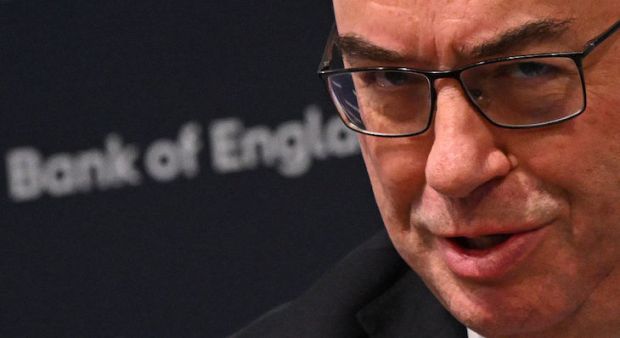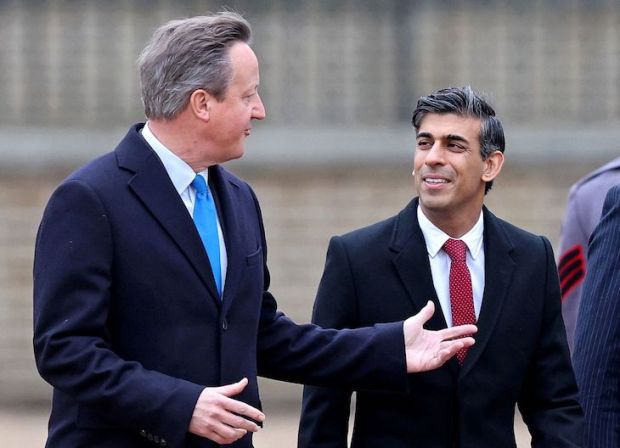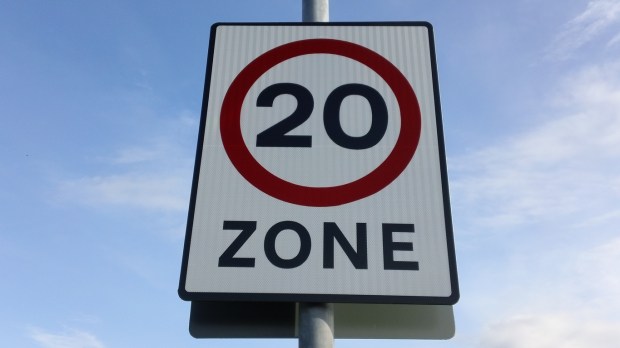The signs were there for all to see — pubs, restaurants, hairdressers and so on all pushing up their prices. Businesses have to make a profit while observing social distancing, dealing with soaring fuel prices and fast-accelerating wages. Yet the latest inflation figures seem to have caught many people by surprise. The Consumer Prices Index (CPI) is back above the Bank of England’s target at 2.1 per cent.
Drill down into the figures and you can see that, while the current level of CPI is not in itself a problem, inflationary pressures are building. Producer price inflation — prices of goods and services bought and sold by businesses rather than consumers — is at a far higher rate. Output prices are now rising at 4.6 per cent, up from 4 per cent in April. Input prices, which covers fuel, raw materials and other business costs, are rising at 10.7 per cent a year, up from 10 per cent in April.
Moreover, figures published earlier in the week show that employee pay rose by 5.6 per cent in the year to the first quarter of 2021. After years after static or subdued pay rises, that is a remarkable turnaround. But it will inevitably feed through into higher prices for goods and services as businesses find themselves facing a bigger wage bill — and employees enjoy higher spending power.
So is it just a blip or is it a sign of far worse to come? It is worth looking to the US where inflation is now pushing 5 per cent. The same kinds of inflationary pressures are evident there. Britain just appears to be a little behind the curve. But that doesn’t necessarily mean that we are heading for a sustained surge in inflation. In 2011, CPI inflation briefly touched 5 per cent before steadily falling back down to reach zero four years later. That led to fears about deflation, which turned out to be equally unfounded.
One thing that should worry us is that it’s a long time since anyone in Britain experienced serious consumer inflation — and may not be aware of how it can eat away at their wealth nor how to defend themselves against it. That few policymakers at the Bank of England or in government will have personal memories of runaway inflation in the 1970s might be more likely to make it happen.
Many feared hyper-inflation when the Bank of England started with its quantitative easing programme in 2009. It didn’t happen — or not with consumer prices. Asset prices were another matter — it was as if the extra money pumped into the economy ended up being infused into the walls of properties and in the stock market. Is that inflation now feeding into consumer prices?
One thing that is very noticeable is how the current rise in inflation is concentrated in certain areas of the economy. Liquid fuels, with a whacking 56 per cent rise in 12 months, provided the biggest contribution to increasing prices. Some other things, like motorcycles and pedal cycles (up 9.7 per cent), carpets (up 8.3 per cent) and furniture (up 6.8 per cent) may be a result of increased demand from lifestyle changes related to lockdown.
Fears that Brexit would lead to a surge in food prices appear to be unfounded, however. Overall, food prices were down 1.2 per cent, with meat down 2.7 per cent and fish down 4.7 per cent. Fruit was up 1.4 per cent but vegetables (many of which are imported from the EU) were down 1.9 per cent. <//>
Got something to add? Join the discussion and comment below.
Get 10 issues for just $10
Subscribe to The Spectator Australia today for the next 10 magazine issues, plus full online access, for just $10.




















Comments
Don't miss out
Join the conversation with other Spectator Australia readers. Subscribe to leave a comment.
SUBSCRIBEAlready a subscriber? Log in